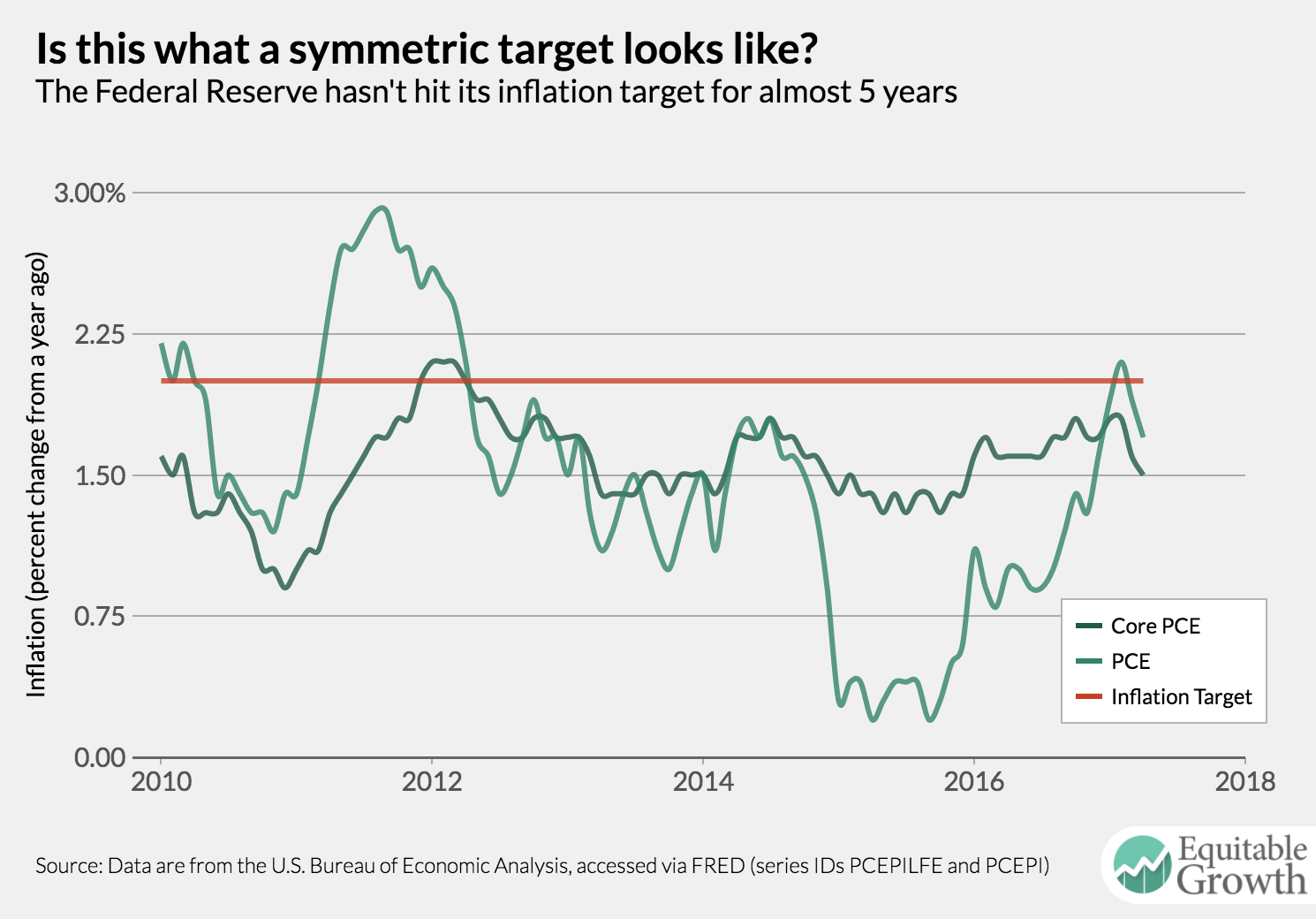Hoisted from the Archives: How Supply-Side Economics Trickled Down… http://www.bradford-delong.com/2007/04/how_supplyside_.html: Bruce Bartlett’s piece on supply-side economics:
How Supply-Side Economics Trickled Down – New York Times: AS one who was present at the creation of “supply-side economics” back in the 1970s, I think it is long past time that the phrase be put to rest. It did its job, creating a new consensus among economists on how to look at the national economy. But today it has become a frequently misleading and meaningless buzzword that gets in the way of good economic policy…
sparked an interesting and useful debate at Mark Thoma’s Economist’s View (which I previously noted).
After thinking about it, I want to weigh in again–on the side of Bruce Bartlett as opposed to Paul Krugman. It’s not that Paul says anything wrong about what he and his MIT colleagues thought at the end of the 1970s, but IMHO he underestimates the intellectual gulf between Cambridge and Washington.
There are two issues here–stabilization policy and growth policy.
(1) On stabilization policy: Bartlett says that the Keynesians around 1980 believed that full employment should be produced via fiscal policy–spending increases and tax cuts, preferably spending increases, to boost aggregate demand–and that inflation should be controlled via incomes policy–jawboning unions to restrain wages and businesses to keep a lid on prices, tax penalties for price increases, excess-profits and other taxes to provide incentives to keep wages and prices close to previous nominal anchors, and the threat and perhaps the reality of wage and price controls. Monetary policy, Bartlett says they said, was next to useless in controlling aggregate demand. And the principal effect of fiscal policy was not its impact on the supply side–on incentives to work and invest–but its demand-side impact on the volume of spending.
Krugman protests that what he and his Keynesian colleagues at MIT taught around 1980 was very different from Bartlett’s parody of modern Keynesianism. MIT’s Robert Solow had argued for JFK in the early 1960s that a good fiscal policy needed to pay at least as much attention to the supply side as the demand side. And certainly those teaching macroeconomics at MIT at the end of the 1970s–Stan Fischer, Rudi Dorbusch, and company–placed enormous stress on the power of monetary policy to affect aggregate demand, shape expectations, and control inflation. All this is true. And yet, and yet…
Matthew Shapiro of the University of Michigan perhaps puts it best. He went to Yale as an undergraduate in the late 1970s and to MIT as a graduate student in the early 1980s. He says (roughly, this is my memory and not verbatim):
At Yale in the 1970s, I was taught that the Chicago School was bad and wrong because they believed that monetary policy had powerful effects on production and unemployment. Then I get to MIT in the early 1980s and was taught that the Chicago School was bad adn wrong because they believed that monetary policy did not have powerful effects on production and unemployment.
The second Chicago School was made up of the rational expectations revolutionaries of the late 1970s. The first Chicago School was that of Milton Friedman’s monetarists who thought that controlling inflation was simple: don’t use open market operations to expand the money supply. They were opposed by Old Keynesians who thought that monetary restraint was ineffective, by those who thought that monetary restraint was too effective (i.e., would cause too much unemployment), and by those (like Arthur Burns) who thought monetary restraint was impossible (i.e., that the Congress would never allow the Federal Reserve to stop inflation by generating a recession the size of 1982).
My take on this story is found in J. Bradford DeLong (1997), “America’s Peacetime Inflation”; and J. Bradford DeLong (2000), “The Triumph? of Monetarism”.
The first Chicago School by and large won the day, and Paul Krugman takes their substantial victory as natural and inevitable, and it did indeed seem that way from MIT in 1980, but not from the trenches of the Joint Economic Committee where Bruce Bartlett wallowed in the political trench-warfare mud in the late 1970s. So it seems to me that Bruce is more right than Paul.
(2) I’m less sure that Bruce Bartlett was on the side of the angels on growth policy.
I was taught that one sought to have cyclical deficits in recessions, but a budget in balance or surplus on average over the business cycle, so that the mix of policy tended toward a tight fiscal-easy money configuration that would produce high investment and rapid wage, output, and productivity growth, and one paid attention to high marginal tax rates and the deadweight losses they caused. Nothing that Bruce would disagree with there. And certainly I am on Bruce’s side against those who focused exclusively on how high marginal tax rates were a good thing because they improved the distribution of income, and those who focused exclusively on fiscal policy as a manager of aggregate demand.
But in practice… it seemed to me that Bruce’s political masters like Jack Kemp were excesssively eager to throw the “budget in balance or surplus on average over the business cycle,” and that the eager embrace of deficits and their crowding-out of investment did more harm than the focus on reducing marginal tax rates did good. We can argue about that, however.
A good deal of the problem is that there were so many factions.
On the left side, there was the Solow tight fiscal-easy money tradition; the Musgrave progressive-redistributive-tax-system tradition; the vulgar Keynesians who never met a deficit or a price control they didn’t like; the New Keynesian faction to which Krugman belongs, and others.
On the right side, there were Bruce Bartlett and company; the neoconservatives who wanted rhetoric but didn’t care about getting economic policy right; those who were loyal to Reagan whatever Reagan would decide but had no clue about policy; David Stockman who hoped that cutting taxes now would produce a wave of revulsion against deficits that would enable him to cut spending later; the Buchanan-Niskanen “we are betrayed” faction that protested against the embrace of deficit spending by the Republicans; and the “starve the beast” faction. “What the supply-siders thought” depends very much on who is included in the charmed circle, and when. And the same applies to “What the Keynesians thought.”


